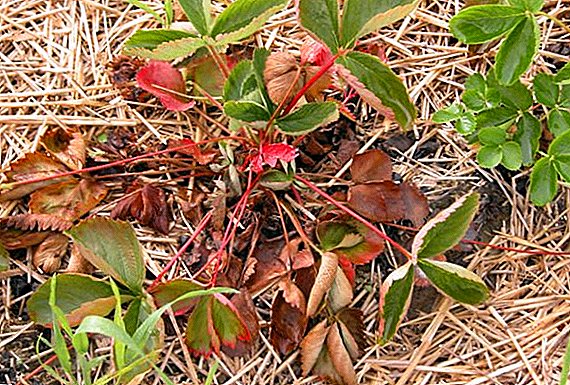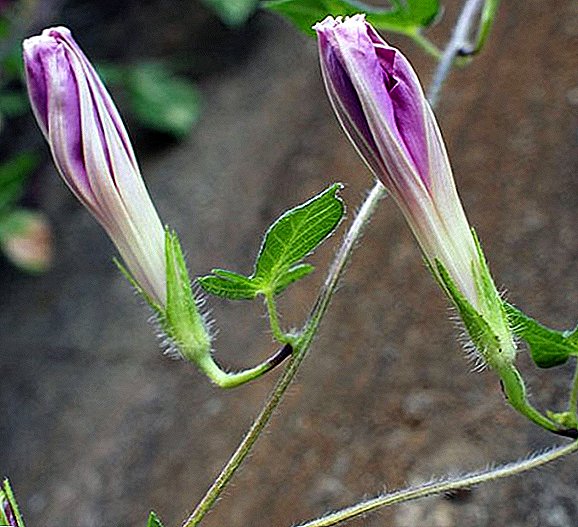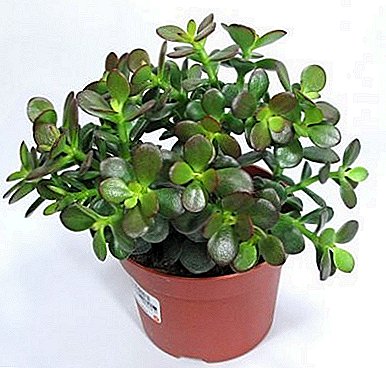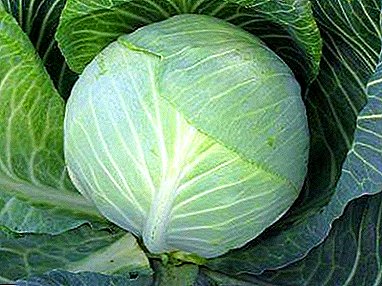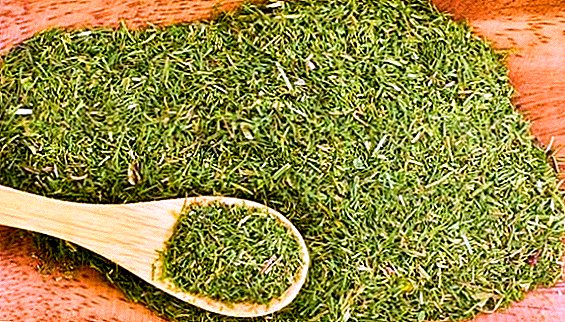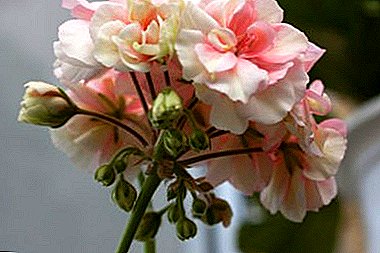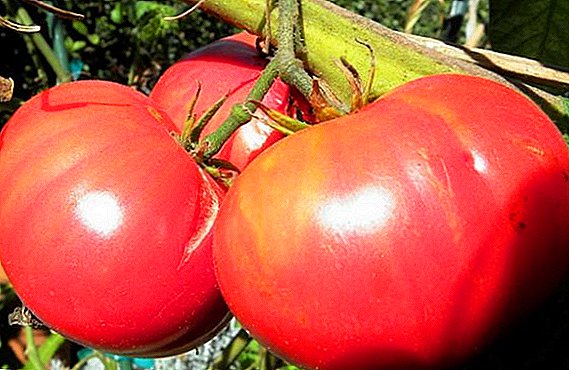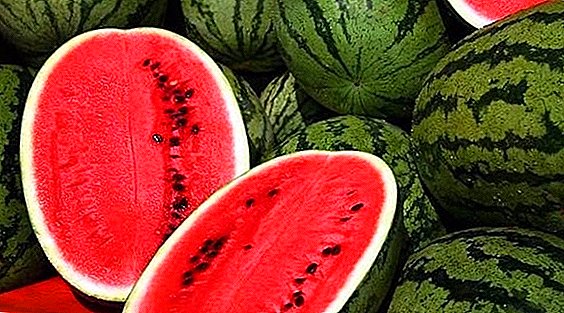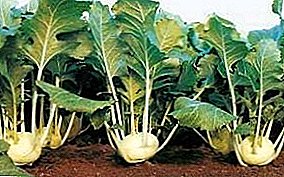
Sometimes it happens that the harvest is going to be wonderful, but it cannot be saved during storage. And all spring-summer efforts down the drain.
Although kohlrabi, like any other type of cabbage, you can use for quite a long time after removing from the bed. You only need to know some secrets.
Will freeze - will not freeze?
What are the terms of harvesting kohlrabi cabbage? Kohlrabi - one of the most cold-resistant garden crops. She is not afraid of short-term frosts, neither spring nor autumn: already in March you can plant seedlings of the very first stream, and at the end of June you can plant plants for the third harvest.
Such short-term frosts will not affect the taste and benefits of the harvested product, although negative temperatures should not be abused. For final cleaning, it is best to start removing the kohlrabi from the garden, when the average night-time temperature is steadily lower to zero.
You can learn about the types of cabbage, such as Brussels sprouts, white cabbage and cauliflowers, from the garden, and how you need them to get out of the garden.
Fundamental rules
 Kohlrabi cabbage: when to clean and how to store? Kohlrabi - rather early culture. During the season you can get up to three harvests.
Kohlrabi cabbage: when to clean and how to store? Kohlrabi - rather early culture. During the season you can get up to three harvests.
The first and second time kohlrabi cleaned for storage not massively, but selectively, as they mature. AND such cabbage is stored for 2-3 days at normal temperature up to a month in the refrigerator.
Moreover, all varieties are suitable for this: both green and with purple color of the peel. You can not just miss the moment when the diameter of the stebleplod will reach 7-8 centimeters. After that, kohlrabi becomes very rude both outside and inside.
Overgrown cabbage will lose juiciness, become tough, fibrous and unsuitable for eating raw!
Some growers are guided by the weight of the formed stebleplod. On average, kohlrabi summer harvest should weigh about 100 grams. In contrast to the early and middle ripening, late-ripening hybrids often reach 500 - 600 grams. And they can grow under favorable conditions up to 10 centimeters in diameter.
To stock up on vitamins and health for the whole winter and even make it to the next harvest, The following rules must be observed.:
- plant only violet colored varieties, as they are more suitable for storage;
- a root crop is not cut, and pulled out from the earth with a root;
- roots do not wash, but only shake off, you can wipe with a soft cloth;
- leaves are cut with a knife or sharp shears, leaving petioles 1-1.5 cm;
- cleaned in cold storage (underground, loggia) in boxes or simply composed of pyramids, lightly sanding,
- the relative humidity in the storage room is optimally maintained at 95%, the temperature is from zero to one degree;
- for cracking take uncracked, whole and healthy specimens of kohlrabi.
Late varieties with high creepiness - “Violetta”, “Giant”, “Delicacy Blue”, “Kossak F1”.
To clean the Kohlrabi, it is advisable to choose a dry, sunny day. Humidity is not particularly important, but to remove any vegetables in the rain means to significantly reduce the shelf life.
 If there was a light frost at night, we advise you to wait until noon, when the plant will return to normal in its internal functions.
If there was a light frost at night, we advise you to wait until noon, when the plant will return to normal in its internal functions.
The temperature for storing kohlrabi cabbage must be above zero. Ideally - 5 - 10 degrees.
To facilitate the removal of kohlrabi from the ground, it is useful to irrigate the ground the day before harvesting.. Read our articles on the storage of all types of cabbage at home and in a cellar or basement.
garden tools
Special equipment in order to remove from the garden and deposit the kohlebi cabbage pips will not be required. A small garden pruner is quite suitable for trimming the side leaves, because only the outer part of the stebleplod and the root become woody and coarse, and the leaf petioles are rather soft.
Kohlrabi - a vegetable remarkable for its vitamin and healing qualities. With the right farming practices, and then with careful and competent attitude to the tab of the grown crop for the winter, he will long diversify your table with numerous healthy dishes: pickled, stuffed, in salads and soups. You can find out whether it is possible to dry kohlrabi cabbage for the winter from our article.


